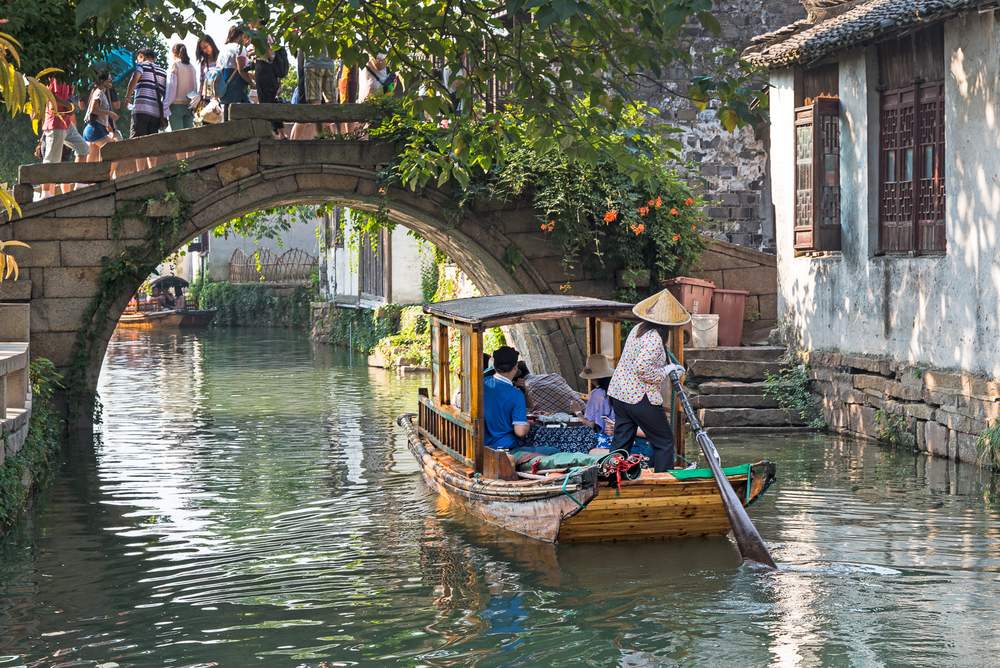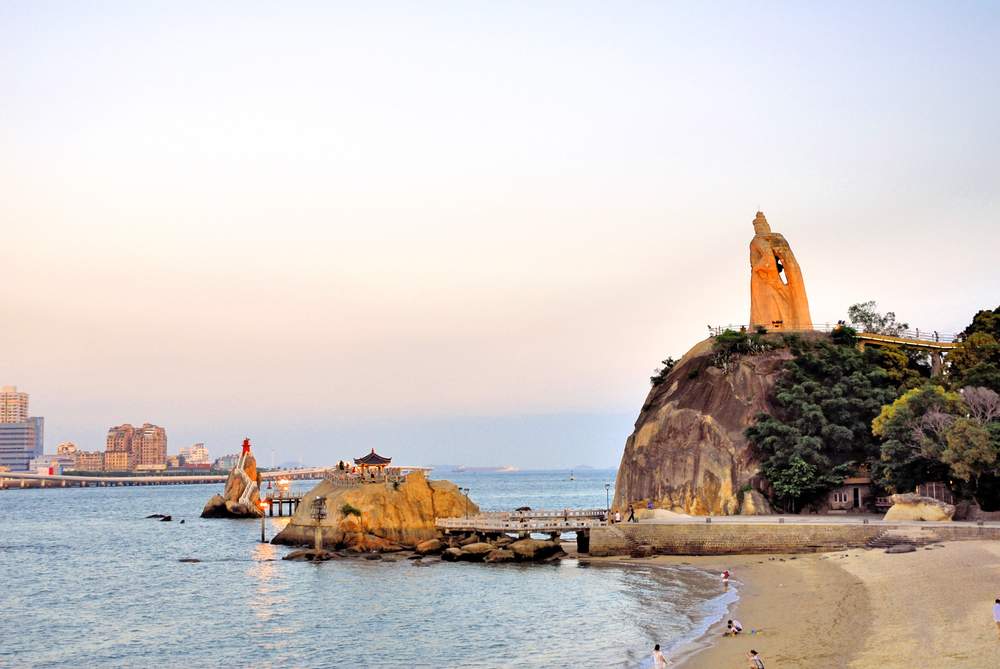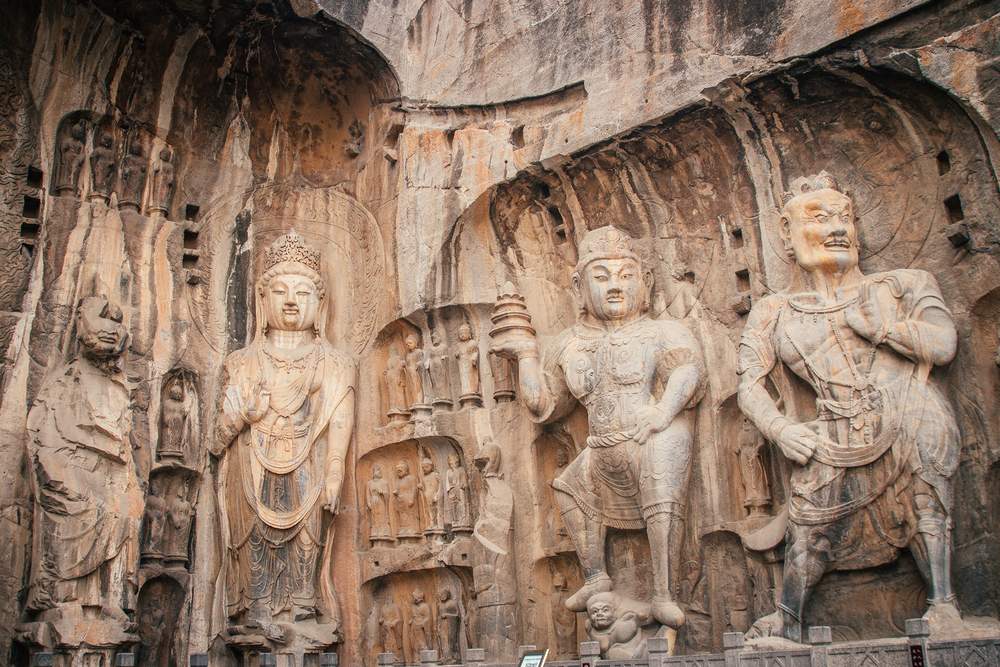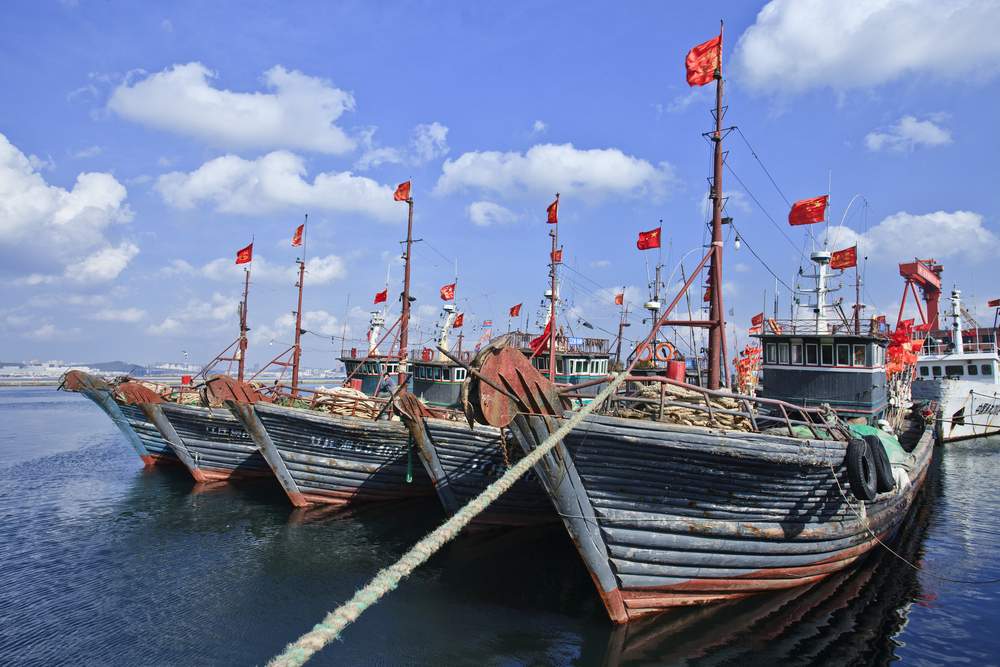You can climb the Great Wall, wander through the chambers of Beijing’s Forbidden City, and marvel at the stately colonial buildings along Shanghai’s Bund. But, well, everyone does that, and you’ll likely be sharing those attractions with a few thousand other visitors. You’ll get a lot more out of a visit to China if you get off the tourist track. Here’s how:
Cuandixia

A couple of hours—and a couple of centuries—removed from the center of Beijing, this village is comprised of a collection of restored Ming- and Qing-dynasty courtyard homes. Tucked into the mountains, the village offers a glimpse into traditional rural life—the perfect day trip for those who find the gleaming skyscrapers and eight-lane Ring Roads of Beijing too modern.
“…this village is comprised of a collection of restored Ming- and Qing-dynasty courtyard homes.”
If a few hours wandering the alleyways isn’t enough, visitors can stay overnight in one of the courtyard homes—many function as guesthouses—on a traditional kang bed heated from underneath with coal.
Getting There
Your hotel or hostel can help arrange a car, which will cost about 800 RMB (about $123) for the day. Otherwise, if you speak some Mandarin, you can save money and take the subway to Pingguoyuan and then negotiate a black cab for the rest of the ride or catch the bus from Pingguoyuan (just ask before boarding since the bus has more than one route).
What to Do
Stop in any of the small courtyard restaurants for farm-fresh food typical of this area, such as deep-fried leaves and stewed chicken.
Zhouzhuang

While nearby—and more famous—Suzhou has scenic spots, it’s a sprawling city that’s at times lacking in charm. Less than a two-hour drive from Shanghai, Zhuozhuang, one of several so-called “water towns,” has tiny cobblestone streets lined with souvenir shops – be sure to bargain and you can pick up nice embroidery, cloth shoes, and ink paintings for a song—and restaurants filling many of the old homes, some of which date back to the 1300s.
Canals topped by 14 arched bridges cut through the town. Take a 20-minute gondola ride; if you offer a few RMB as a tip, your guide will sing traditional songs for you while you watch the world go by and spot locals washing their clothes (or occasionally vegetables) in the canals.
Getting There
Take a bus from Shanghai’s Baiwan Stadium to Zhouzuang. Packages for round-trip buses and entry into the historical part of town are about 250RMB (about $38).
What to Do
Tour the old homes and visit the Fishing Museum for a primer on traditional techniques. Sample the freshly made super-sweet hand-pulled candy.
Gulang Yu

Just across the water from the coastal city of Xiamen in southern China, this walkable island features European architecture, fresh-from-plastic-tubs seafood, a bird sanctuary, and a beachy vibe—get into the spirit by donning a paper sun hat like the Chinese tourists do.
“…while you’re on the island, sample the pumpkin and green tea mini cakes at Baby Cat’s Café.”
Visit the Huaijiu Gulang Yu Museum to gaze at housewares and other relics from the early-1900s foreigner settlements. Up on a hilltop, the red-domed Gulang Yu Organ Museum is visible from all over the island and features hundreds of organs from around the world. Stay at Xiamen Gulangyu International Youth Hostel (18 Luqiao Lu, up the hill from the main road; +86-592-206-6066), and while you’re on the island, sample the pumpkin and green tea mini cakes at Baby Cat’s Café.
Getting There
From the Xiamen airport (a three-hour flight from Beijing), take a taxi to the ferry terminal. Then it’s just a five-minute boat ride to the car-free island.
What to Do
Take the ferry back into Xiamen to visit the Buddhist Nanputuo Temple (South Putuo Temple). Climb the mountain at the back and peek into the caves decorated with hundreds of small Buddhas along the way.
Shangri-la

To drum up tourism, the government renamed the city of Zhongdian, in the far northwest corner of Yunnan, Shangri-la after the fictional Utopia in James Hilton’s novel Lost Horizon. Way up in the mountains—the elevation is about 10,000 feet—you’ll find a bastion of Tibetan culture and jaw-dropping scenery. The central Old Town serves as a base for exploring the surrounding mountains, lakes, and temples—and you’ll be able to sample countless yak dishes, from yak-milk cheese to yak hot pot to yak jerky.
“…you’ll find a bastion of Tibetan culture and jaw-dropping scenery.”
A bike ride around the lake Napa Hai cuts through small Tibetan villages, but for most of the ride, your only companions will be grazing yak. If you can’t make it to Lhasa, visit the Songzanlin Monastery, an active Buddhist site partially destroyed during the Cultural Revolution and just now being restored. Check in to the cozy Harmony Guesthouse (22 Beimen Jie, across from Raven Bar; +86 1 39 8874 7739)—the owners can help arrange a homestay with a Tibetan family.
Getting There
Fly into Diqing (flights from Kunming, the capital of Yunnan, take an hour), and then you can negotiate a car ride or take a shuttle bus to Shangri-la’s Old Town, about a 10-minute ride away.
What to Do
If all the hiking and biking wears you out, soak your tired bones at Tian Sheng Qiao hot springs, tucked into the mountains. Pack a lunch and make a day of it with the naturally heated sauna and spring-fed showers. You can find a car to take you there and back from the parking lot in the Old Town.
Luoyang

This gritty industrial town in Henan Province is close to two great attractions: the Shaolin Temple, with daily demonstrations where visitors can learn about kungfu, and the Longmen Grottoes, a UNESCO World Heritage Site.
“Stunning and much less crowded, the Longmen Grottoes have thousands of Buddhist sculptures…”
Although very, very touristy, the shows at Shaolin are a lot of fun—and it’s even more entertaining to watch the kids practicing out in the fields. Wander through the Pagoda Forest where hundreds of small pagodas house the ashes of important monks. Stunning and much less crowded, the Longmen Grottoes have thousands of Buddhist sculptures—ranging from several stories high to just inches— that were carved into cliffs between 473 and 775 AD.
Getting There
Flights from Beijing take about two hours, but many people take a five-hour train or bus ride over from Xi’an after visiting the Terra Cotta Warriors.
What to Do
Visit the Luoyang Museum (298 Zhougzhou Zhong Lu), with a model of the ancient city—Luoyang was once an imperial capital—and some excellent pottery and jade pieces.
Harbin

Near the Russian border, this northeastern Chinese city has annual ice and snow sculpture festivals, with massive creations that stay frozen till spring. With temperatures dipping down below zero Fahrenheit (that’s about -20 Celsius), you’ll want to bundle up as you explore the fantastical frozen creations and try out the ice slides.
Hotel Ibis (92 Zhaolin Jie; +86 451-8750-9999) is a warm and affordable place to stay while you’re there. You’ll also stay warm by sampling the Russian fare at the gilded Hua Mei restaurant on Zhongyang Dajie or up the street at Tatos Restaurant—and washing your meal down with lots of vodka or Harbin beer.
Getting There
Flights from Beijing take about two hours. There are also overnight trains, but tickets are in short supply during the wintertime.
What to Do
Visit the onion-domed Russian Orthodox Church, and the Siberian Tiger Park, where you can purchase a chicken or whole lamb for the big cats.
Dalian

Each year, this coastal city opens up its Xinghai Square for the summertime China International Beer Festival, an event that attracts far fewer international tourists than the similar festival in Qingdao.
“In 2016, the festival runs from July 21 to August 1.”
While most of the brews are domestic, internationals like Russia’s Baltika and Germany’s Paulaner have their own pavilions, complete with entertainment ranging from Chinese acrobats and drinking contests to German bands. Most stalls feature Dalian’s delicious grilled seafood, everything from oysters and squid to whole fish. In 2016, the festival runs from July 21 to August 1.
Getting There
A flight from Beijing takes less than two hours. There are also ferries connecting the city to South Korea and various towns in China, including a fast ferry to Yantai.
What to Do
Take a dip in one of the many beaches. Or for rides and an aquarium with your sun, try the seaside Tiger Beach Ocean Park.
Turpan

A big draw for visitors to predominantly Muslim Xinjiang is that the northwestern province doesn’t feel much like the rest of China. But while the capital, Urumqi, has begun to resemble your average Chinese city, a trip to nearby Turpan, a searing hot desert oasis, will leave you feeling like you’ve landed in Central Asia.
Home to Uighurs as well as several other minority groups, Turpan has beautiful old architecture, especially the Emin Minaret. Wander through the bustling market for spices, raisins, nuts, handmade knives, and gorgeous fabric.
Getting There
Take the bus from Urumqi’s long-distance bus station for about 30RMB (about $5)—you’ll pass windmills and possibly roaming camels on the two-and-a-half-hour ride over.
What to Do
Take a short car or minibus ride out to Putao Gou, the wine-growing region. The wine itself is garbage, but the scenery is stunning, with intricate brick homes the same color as the surrounding desert. Have a hearty lunch of lamb kebabs and pulled noodles in a grapevine-draped patio.
Ready to go? Search for airfare to China, book China hotels, or find an adventure tour to China. Or read more about getting off the beaten path:







